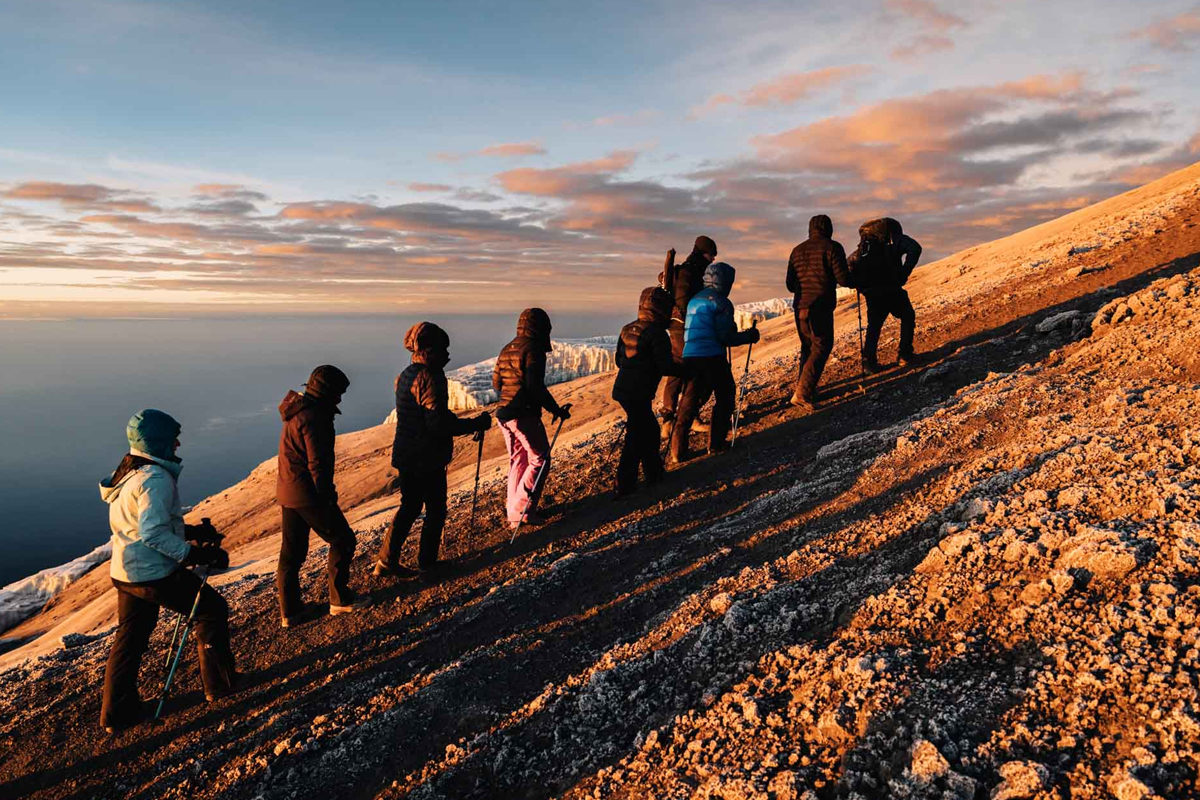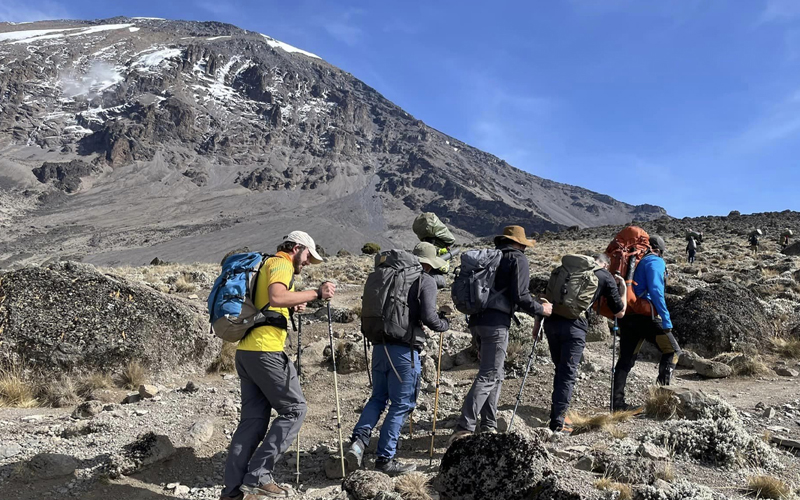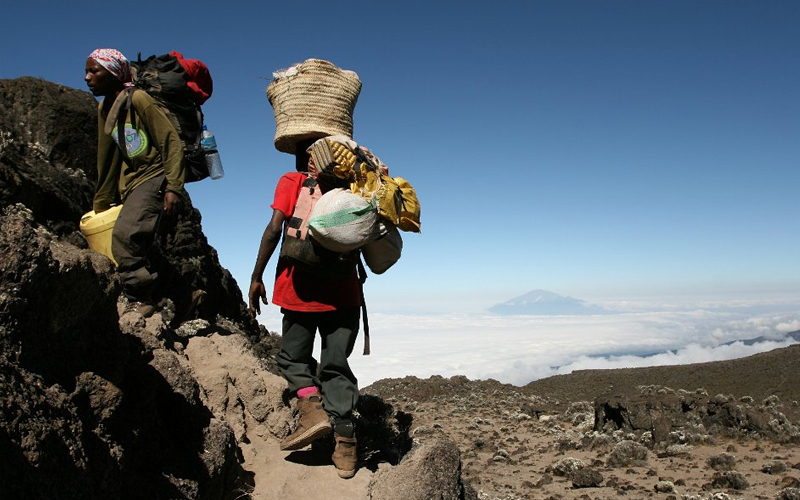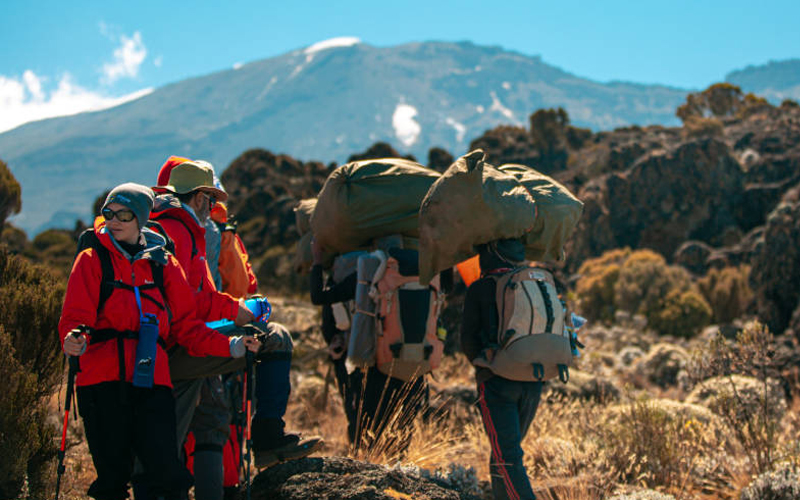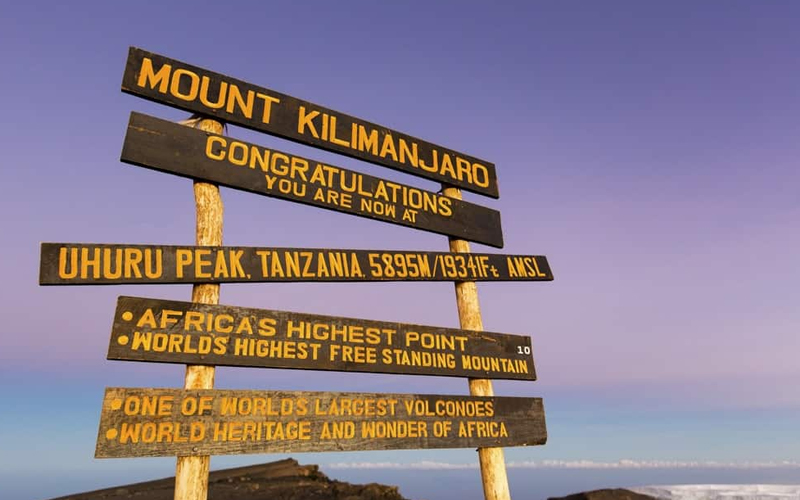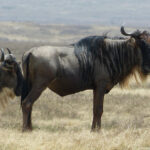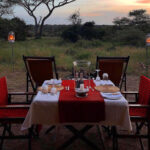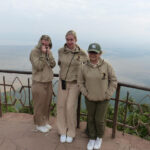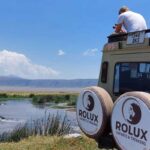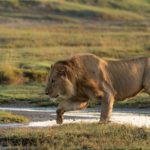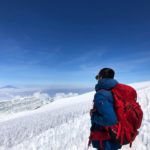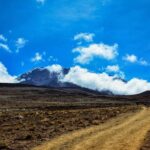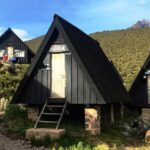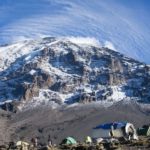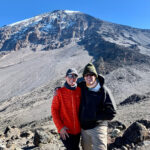Mount Kilimanjaro, towering at 5,895 meters above sea level, is the highest peak in Africa. This majestic mountain, located in Tanzania, attracts thousands of climbers from around the world each year. Achieving the summit of Mount Kilimanjaro is not just a physical feat but a deeply personal and transformative journey. For many, standing atop Uhuru Peak, the mountain’s highest point, symbolizes triumph, perseverance, and the ultimate adventure.
The Allure of Mount Kilimanjaro
Mount Kilimanjaro’s allure extends beyond its impressive height. Historically, it has been a symbol of natural wonder and a testament to the Earth’s geological history. Its snow-capped peaks and diverse ecosystems have fascinated explorers, scientists, and adventurers for centuries. Culturally, Kilimanjaro holds significant meaning for local communities, representing a sacred landmark and a source of life-giving water.
Preparing for the Climb
Proper preparation is crucial for a successful Kilimanjaro climb. Physical conditioning is essential, as the trek demands stamina, strength, and endurance. Regular cardiovascular and strength training exercises can help build the necessary fitness level. Additionally, climbers must gather the right gear, including high-quality hiking boots, thermal clothing, and a reliable backpack. Ensuring you have all the essentials can make the difference between a challenging but enjoyable climb and a potentially dangerous experience.
Choosing the Right Route
- Marangu Route: Selecting the right route up Kilimanjaro is a critical decision. The Marangu Route, known as the “Coca-Cola” route, is popular for its huts and gradual ascent. It is the only route with dormitory-style sleeping huts, providing more comfort compared to camping. However, its popularity means it can be crowded, and its relatively quick ascent offers less time for acclimatization.
- Machame Route: The Machame Route, or “Whiskey” route, is favored for its diverse landscapes and higher success rate. It offers stunning views and varied terrains, making it one of the most scenic routes. Though it is more challenging due to steeper paths, its longer itinerary allows better acclimatization.
- Rongai Route: The Rongai Route approaches from the north, offering a quieter and less crowded path. It is the only route that starts near the Kenyan border and passes through a true wilderness area. This route is known for its steady, gentle climb and beautiful views, making it a great option for those seeking solitude.
- Lemosho Route: The Lemosho Route provides breathtaking scenery and excellent acclimatization opportunities. Starting from the western side, it traverses lush rainforests and remote wilderness before joining the Machame Route. Its longer duration and gradual ascent increase the chances of summit success.
- Northern Circuit Route: The Northern Circuit Route is the longest and most remote, offering a truly immersive experience. It circles nearly the entire mountain, providing unique perspectives and less crowded trails. The extended duration and varied landscapes make it ideal for those seeking a comprehensive Kilimanjaro adventure.
Understanding the Climate and Terrain
Kilimanjaro’s climate and terrain vary dramatically from base to summit. Climbers experience five distinct ecological zones: the cultivated zone, rainforest, heath, alpine desert, and arctic summit. Weather conditions can be unpredictable, with temperatures ranging from hot and humid at the base to cold at the summit. Understanding these conditions and preparing accordingly is vital for a safe and enjoyable climb.
Acclimatization and Altitude Sickness
Acclimatization is crucial to avoid altitude sickness, a common challenge on Kilimanjaro. The gradual ascent allows the body to adjust to decreasing oxygen levels. Symptoms of altitude sickness include headaches, nausea, dizziness, and fatigue. Taking acclimatization days, staying hydrated, and ascending slowly can help mitigate these symptoms and increase the chances of reaching the summit safely.
The Role of Guides and Porters
Guides and porters play an indispensable role in the Kilimanjaro climbing experience. Choosing a reputable guide service ensures safety, support, and local knowledge. Guides lead the way, monitor climbers’ health, and provide motivation. Porters carry heavy loads, set up camps, and prepare meals, making the climb more manageable. Their expertise and dedication significantly enhance the overall experience.
Day-to-Day Itinerary
A typical day on Kilimanjaro involves early starts, long hikes, and breathtaking views. Climbers follow a structured itinerary, with designated rest stops and acclimatization periods. Camps are set up in picturesque locations, offering basic amenities and a chance to rest and recharge. Meals are hearty and designed to provide the necessary energy for the demanding trek ahead.
Mental and Emotional Preparation
Climbing Kilimanjaro is as much a mental challenge as a physical one. Staying motivated, especially during difficult stretches, is crucial. Mental preparation involves setting realistic goals, visualizing success, and maintaining a positive mindset. Techniques such as meditation and breathing exercises can help manage stress and keep spirits high throughout the climb.
Wildlife and Natural Beauty
Mount Kilimanjaro is not just a climber’s paradise but also a haven for wildlife and natural beauty. The lower slopes are teeming with diverse flora and fauna, including elephants, leopards, and monkeys. As you ascend, the landscape transforms, offering stunning vistas of dense rainforests, alpine meadows, and barren high-altitude deserts. The ever-changing scenery keeps the journey exciting and visually rewarding.
Reaching the Summit
The final ascent to the summit of Kilimanjaro is both the most challenging and rewarding part of the journey. Climbers typically begin the final push at midnight, aiming to reach the summit by sunrise. The steep and icy path requires determination and resilience. Reaching Uhuru Peak, the highest point, is an emotional moment filled with a sense of accomplishment and awe. The panoramic views from the top are a fitting reward for the effort.
Descent and Return Journey
Descending Kilimanjaro presents its own set of challenges. The descent is often quicker but can be tough on the knees and joints. Proper pacing and using trekking poles can help reduce strain. Once back at the base, climbers need time to rest and recover. The return journey is a time for reflection, celebrating the achievement, and sharing stories with fellow trekkers.
Stories from the Summit
Every climber has a unique story to tell from their Kilimanjaro experience. Personal anecdotes of overcoming obstacles, forming bonds with fellow climbers, and moments of self-discovery are common. Inspirational tales of perseverance and triumph add to the mountain’s legendary status, inspiring future adventurers to take on the challenge.
Environmental Conservation
Preserving Kilimanjaro’s natural beauty is crucial for future generations. Climbers are encouraged to practice responsible trekking by following the Leave No Trace principles. Supporting local conservation efforts and choosing eco-friendly tour operators can make a significant impact. Protecting the mountain’s fragile ecosystems ensures that it remains a pristine destination for years to come.
Climbing Mount Kilimanjaro is a life-changing adventure that tests physical and mental limits. The journey from the base to the summit is filled with challenges, breathtaking views, and moments of profound personal growth. For those willing to take on the challenge, the rewards are immeasurable. If you’ve ever dreamed of standing atop Africa’s highest peak, now is the time to start planning your Kilimanjaro adventure.
FAQs
1. How long does it take to climb Mount Kilimanjaro?
- The duration of the climb depends on the chosen route, typically ranging from 5 to 10 days.
2. What is the best time of year to climb Kilimanjaro?
- The best times to climb are during the dry seasons, from January to March and June to October.
3. Do I need previous climbing experience to climb Kilimanjaro?
- No previous climbing experience is necessary, but good physical fitness and preparation are essential.
4. What are the risks of climbing Kilimanjaro?
- The main risks include altitude sickness, extreme weather conditions, and physical strain.
5. Can I climb Kilimanjaro without a guide?
- No, it is mandatory to climb with a registered guide for safety and conservation reasons.
For a luxurious and well-prepared Tanzanian adventure, explore the following topics on our page:
- Tanzania Honeymoon Safari
- Tanzania Luxury Holiday
- Tanzania Travel
- Safari Packing Gear List
- Safety Guidelines
Visit our page for detailed information and tips to plan and enjoy your perfect Tanzanian experience.

